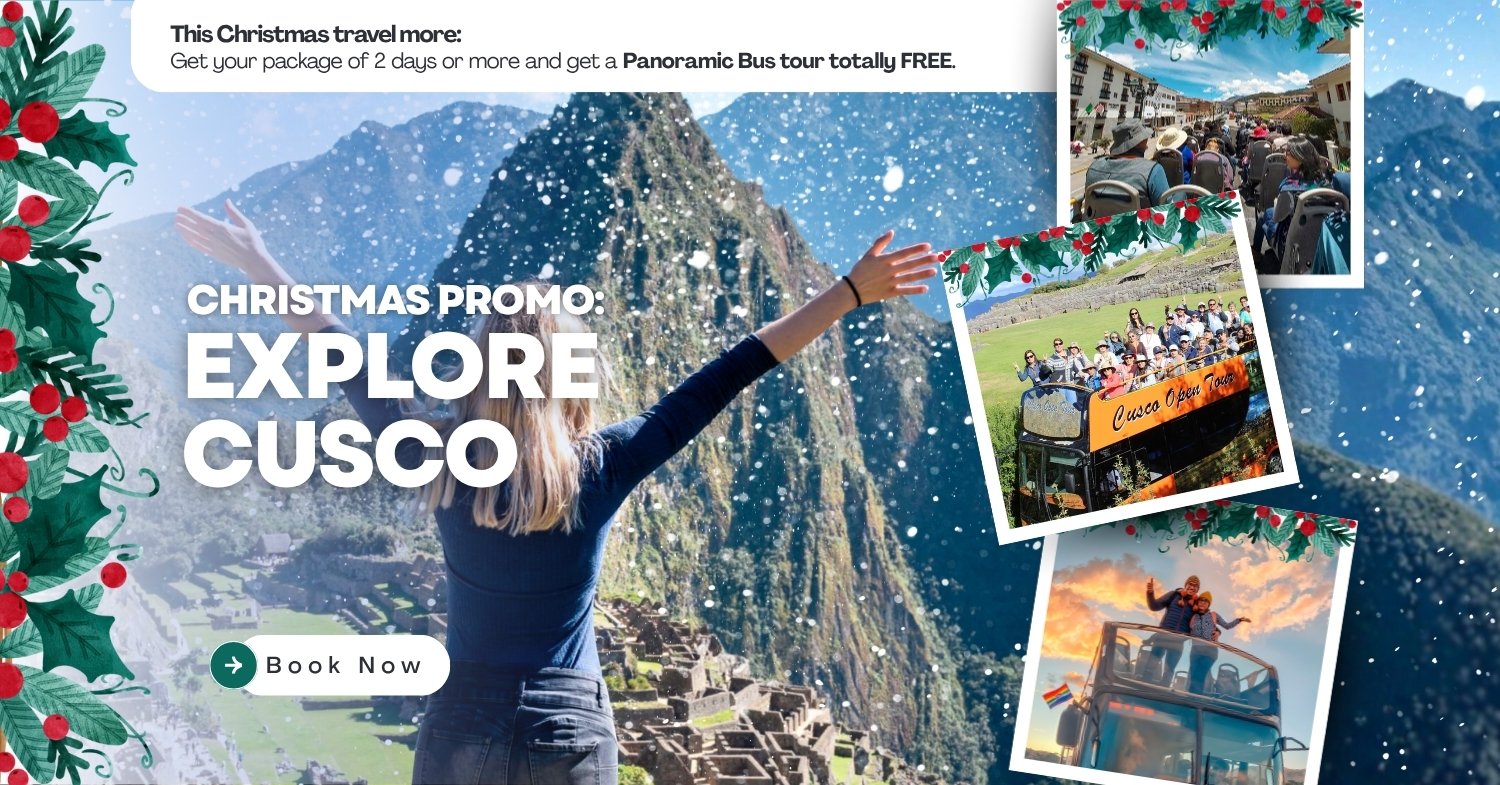

Peru's northern coast offers surprising destinations, thanks to its beautiful beaches filled with flora and fauna, and its cities brimming with tourist attractions. Chimbote, the capital of the Santa province, is not only an important administrative center for its department but also a thriving tourist destination. Find out how to get to this city, as well as how long the trip might take.
Chimbote is a city located in the Santa province, in the north of the Ancash department. The coastal town is 428 kilometers from Lima, so a trip between the two cities can take approximately 6 hours.
The car route from Lima to Chimbote covers the cities of Chancay, Huacho, Barranca, Huarmey, and Casma along the Panamericana Norte. The trip by car can take up to six hours, depending on the driver's speed and traffic conditions.
Chimbote is a destination with very good connections from Lima. The bus ride takes almost seven hours, and the companies that provide this service are:
Línea - from S/50
América Express - from S/45
Ittsa Bus - from S/90
Allinbus - from S/54
Movil Bus - from S/55
Although the coastal city has the Teniente FAP Jaime Montreuil Morales Airport, it is not a popular destination for airlines. If you need to get to Chimbote urgently, the best route would be a flight from Lima to Trujillo and then a shuttle from there to the northern port city of Ancash. The journey could take about 4 hours in total.
Chimbote boasts the Cerro de la Juventud or Cerro de la Paz, a tourist and religious attraction. It is notable for a 25-meter-high cross, which is lit in November and December.
Chimbote has the third-largest port in Peru, serving agricultural products and fishmeal. It also has an interesting place you'll surely enjoy visiting: Isla Blanca.
This is a deserted and exotic island, home to many species, from sea lions to birds such as seagulls, pelicans, and crustaceans.
The forest nursery's countryside recreation center is an alternative for nature lovers. This special place boasts abundant vegetation, flora, and impressive gardens for walking.
The forest nursery features waterfalls, a lagoon, and even an old locomotive. Incredible! You can enjoy the pool with your friends or family, take boat rides, or visit the grids. Do you know what they are?
These are water storage areas in the form of grids, located near the Chimbote steel mill. These were used by the Mochica culture 1,600 years ago and are now part of a very interesting archaeological site.
This museum ship, or "museo lancha," as it is known, has a 350-ton hold and welcomes hundreds of Peruvians and tourists from around the world. It houses a permanent exhibition on fishing themes and boats dedicated to this activity.